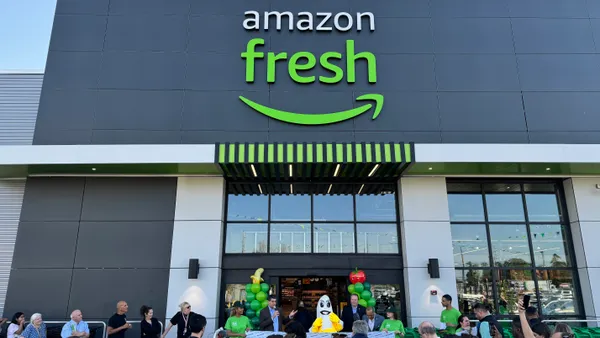Dive Brief:
- In the face of a growing and maturing Generation Z population, the total rewards strategies of many companies may be due for a revamp. Many benefits plans are “designed primarily for baby boomers and Generation X,” researchers in a EY and Limra joint study said.
- “As younger generations form families, advance in their careers and accumulate assets, they will move into the industry’s historical sweet spot, with its focus on health insurance for dependents, retirement savings and other types of traditional benefits,” researchers said.
- Researchers also said total rewards programs “must be modernized to meet a broader range of needs” and presented in “a contemporary way.”
Dive Insight:
To navigate multigenerational workplaces as an HR person is tricky. Language around age can easily become a dog whistle for ageism if employers are not thoughtful in their approach, various experts have said.
EY’s 2023 Workforce Benefits Study report notes that “baby boomers, who have long dominated, are retiring in great numbers and represent less than a quarter of all workers.
Focusing on Gen Z may be in companies’ best interests, although older workers still comprise a key part of the workforce. Recent data from Northwestern Mutual indicates that while workers aged 50 to 59 would like to have $1.56 million saved for retirement, actual retirement dollars saved are closer to $110,900. A similar gap exists in the 60 to 69 cohort: $968,000 was the dream retirement fund for that group, but the number of dollars saved was closer to $112,500.
For that reason, many older workers will remain in the workforce — though their presence could help employers navigate other employment challenges, too, including staffing and training issues.
As the EY and Limra report notes, “Each generation has unique benefit needs and preferences, which challenge the historical one-size-fits-most approach to benefits design and benefits engagement.”













